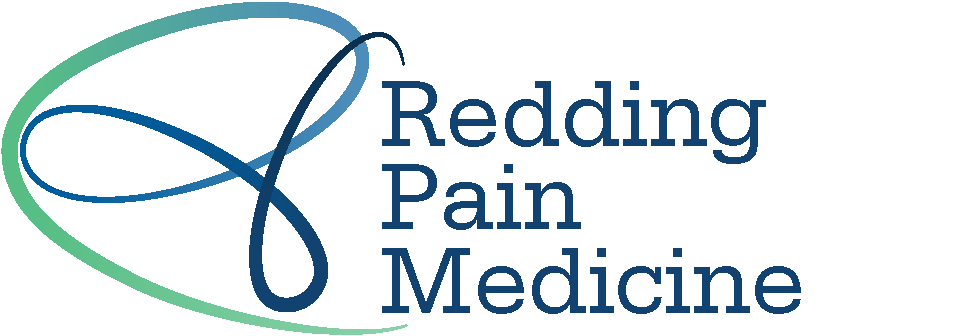Neuromodulation
Neuromodulation is the alteration or modulation of nerve activity using radio signals to block or modify pain.
This option has a variety of applications, which means that it can be used to treat a wide range of conditions. This treatment has been available since the 1980s, but its technology has undergone significant advances over the past decades.
Although it was previously used largely for the treatment of severe pain, it can now be used to treat moderate pain as well and has helped chronic pain patients reduce their dependence on medication.
Our program (the first to use DRG therapy North of San Francisco) uses traditional tonic stimulation, along with the newer therapies of surround inhibition, high-frequency (HF-10)stimulation, Burst stimulation and DRG stimulation. Our goal is to match you to the therapy most likely to have the largest impact on your pain.



Dorsal Root Ganglion Stimulation(DRG)
This is a type of neurostimulation therapy used to treat chronic pain in your upper extremities or lower body that has failed to get relief from other options. DRG is most commonly used to treat foot, knee, hip, or groin pain.
Here at Redding Pain Medicine, we use the Proclaim™ DRG System, which has been proven to provide superior and long-term pain relief for severe burning pain (CRPS I or II) in the lower extremities.
Proclaim™ DRG Therapy has been shown to effectively treat the following:
• Neuropathic pain after surgical procedures (causalgia):
- Hernia repair
- Total knee and hip replacements
- Foot and ankle surgery
- Pelvic pain after surgery or trauma
- Lower extremity amputations
- Causalgia from a traumatic injury of the hip, knee, ankle, or foot
- CRPS I of the lower extremities
Spinal Cord Stimulation(SCS)
A spinal cord stimulator uses electrodes and a small implantable pulse generator, IPG, to treat chronic pain. The device then provides stimulation to mask, modify or interrupt pain signals before they can reach the brain. SCS is typically used after other treatment options have failed to provide pain relief. These devices can treat chronic pain felt in the back, legs, feet, and a combination of these or other areas.
The 2 step procedure involves first, a Trial. A test placement of the electrodes to prove they can be made to work, which lasts 7-14 days. Then if successful a permanent implant of both electrodes and the IPG computer a few weeks later.
SCS can be used to treat:
- Failed Back Surgery Syndrome (FBSS)
- Complex Regional Pain Syndrome (CRPS)
- post traumatic Radicular Pain Syndrome
- And more
We provide treatment using SCS devices that are safe, drug-free, FDA-approved, and clinically proven to provide long-term relief from chronic pain.
Learn More about:
SCS Options (Abbott website)
SCS Options (Boston Scientific website)
SCS Nevro (Nevro website)
Peripheral Nerve Stimulation (PNS)
Intrathecal Pump
Also referred to as an intrathecal pain pump or implanted intrathecal drug delivery system (IDDS), this is a surgically implanted device that treats spasticity or chronic pain by delivering medication directly to the spinal cord fluid. This area of the spine is also known as the intrathecal area.
The medication this device delivers interrupts pain signals and abnormal muscle contractions causing spasticity. Delivering medication directly to the spinal cord and nerves provides a greater effect with a small dosage than can be achieved through pills or injections, due to precise delivery to the targeted nerves.
Botox Injection
Botox injections are able to block nerve signals sent to muscles, stopping them from contracting. In addition it has a direct effect blocking certain types of nerve pain. This also makes these injections appropriate for managing chronic pain, most commonly chronic migraines. However, they can also successfully treat:
- Neck pain from dystonia
- Nerve pain
- Piriformis syndrome
- Dystonia pain related to stroke or cerebral palsy
- Peripheral neuropathy
- Pelvic pain
- Chronic myofascial pain (CMP)
Our Commitment
We are committed to providing the highest level of care to those with chronic pain through a comprehensive approach to treatments. We utilize the most advanced techniques to accurately diagnose the source of a patient’s pain.
Our Focus
Our focus is on decreasing or eliminating pain while restoring normal function to the injured areas. Once we have accurately diagnosed the issue, we will proceed with a treatment plan tailored to your specific needs.
Pain Conditions Helped by Neuromodulation
The complete list of conditions that can potentially be treated with neuromodulation is lengthy, so the following list includes the most common conditions.
How Neuromodulation Helps
Neuromodulation treats pain conditions by directly stimulating nerves to modulate their natural biological responses.
This is done by applying electrodes to the affected area, such as the spinal cord or peripheral nerves. Once these electrodes are in place, they are connected to a pulse generator and power source.
This provides a low energy electrical transmission to the nerve, either suppressing pain signals or stimulating previously absent neural impulses. Each ” Therapy” represents a complex signal (that is frequently patented by a particular company) that is transmitted in a cloud of a unique shape determined by your programming sessions. In many ways it like all the different channels available on cable TV, we just have to find the one that works for you.




